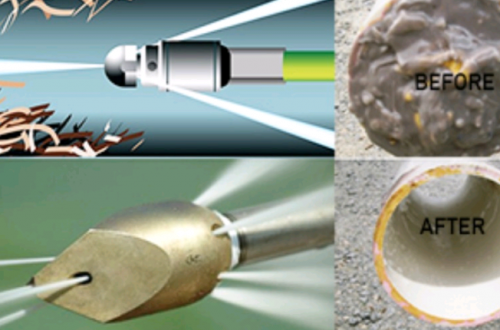Unlocking the Secrets of Stamped Concrete
Unlocking the Secrets of Stamped Concrete
Stamped concrete is an attractive surface treatment that can be used in numerous ways. It replicates the look of brick, stone, wood planks and more for an affordable cost-effective upgrade to any concrete patio, driveway, walkway or other area.
Stamped concrete is a great choice for outdoor spaces such as porches, patios and pool decks due to its ability to withstand weathering. Common patterns include herringbone and chevron; however you may also come across designs inspired by tile or rock. Conneaut Concrete
Stamping is similar to painting, except the colors are added directly onto the concrete instead of being painted over it. This creates a striking finish that will set your patio or driveway apart from others.
This process involves using rubber stamps or texturizing mats to imprint a pattern onto wet concrete. It can replicate the look of brick, cobblestone, slate, or wood planks and can be applied to any part of a slab – from floors to retaining walls and water features.
Are you a do-it-yourself enthusiast considering stamped concrete for your next home improvement project? There are a few things that need to be taken into consideration to maximize its benefits.
Before beginning the pouring process, it’s essential to comprehend the basics of concrete. Cement and aggregate are mixed with water to form a substance known as concrete. The ratio of water to cement determines its strength – so make sure you know this ratio before beginning work on your pour.
Once you decide on a texture or pattern, you need to decide what kind of stamps or texturizing mats will best serve your purposes.
Once you have the appropriate stamps or texturizing mats, prepare them according to the manufacturer’s instructions for optimal texture and color. Doing this will guarantee that all fine lines in your stamping impressions create a consistent visual highlight, giving your stamped concrete projects the desired aesthetic look.
Once the skins have been applied with firm, even pressure (avoiding walking over overlapping edges), ensure that they remain securely in place and have fully achieved your desired texture. Slowly peel back an edge to check that all stamped concrete impressions are aligned properly and eye-clean.
Once you’ve achieved your desired result, it’s time to apply a sealer. There are various choices available, such as acrylic-based and 2-part silicone sealers which provide superior quality outcomes. The latter is especially recommended for sealing stamped concrete since it chemically bonds to the concrete and prevents unsightly hazing or peeling over time.
Useing high-quality sealer is essential for maintaining the aesthetic of stamped concrete for years to come. Whether sealing a patio, pathway, pool deck or applying more durable coating to retaining walls and water features, you need a product that resists wear and tear while being easy to clean up afterwards.


